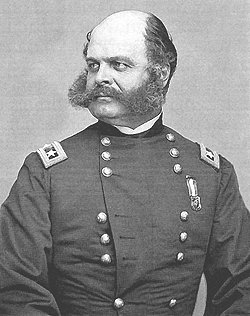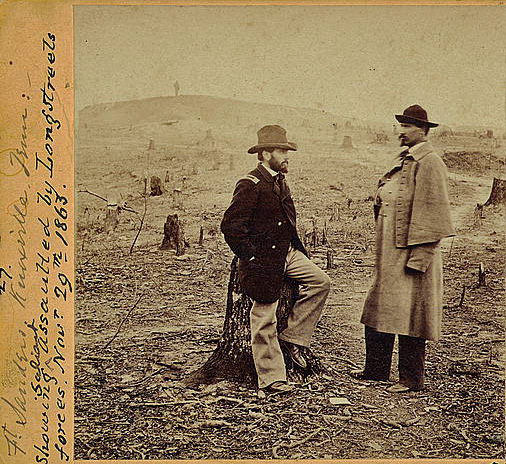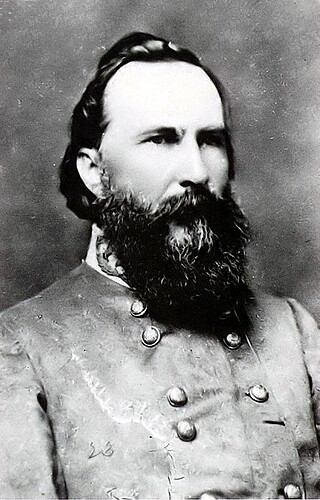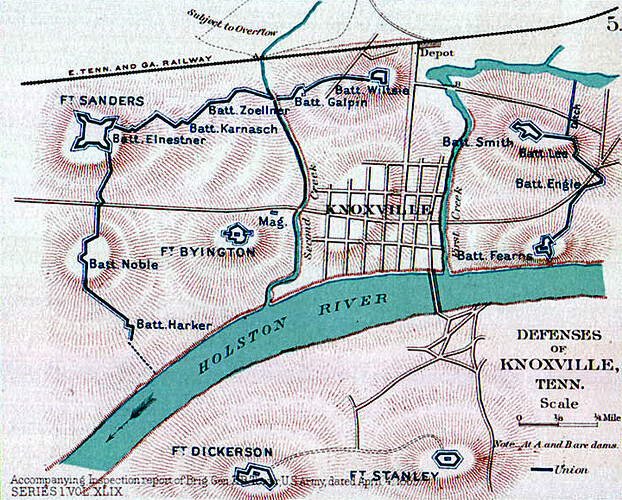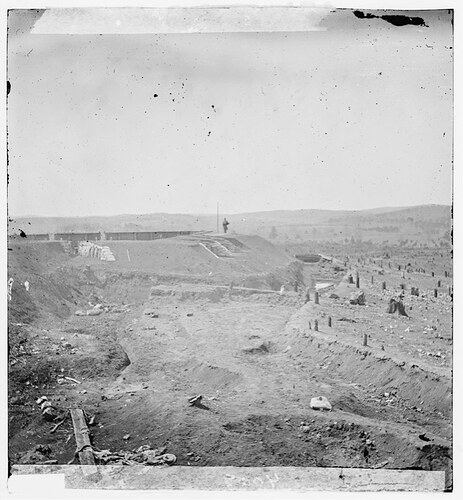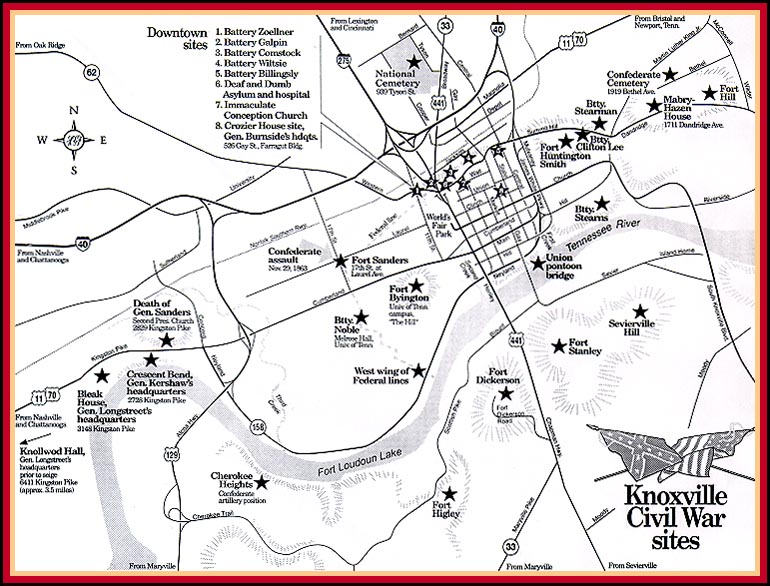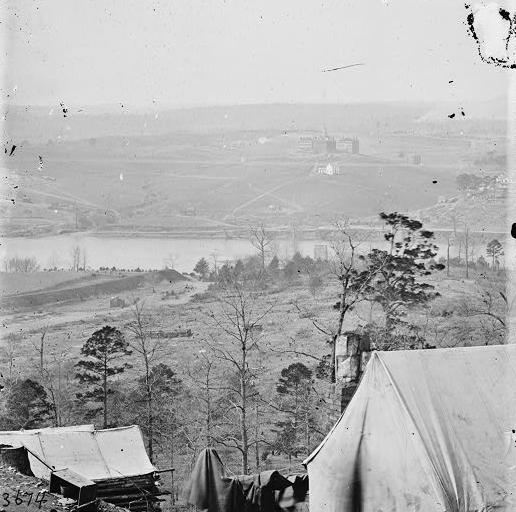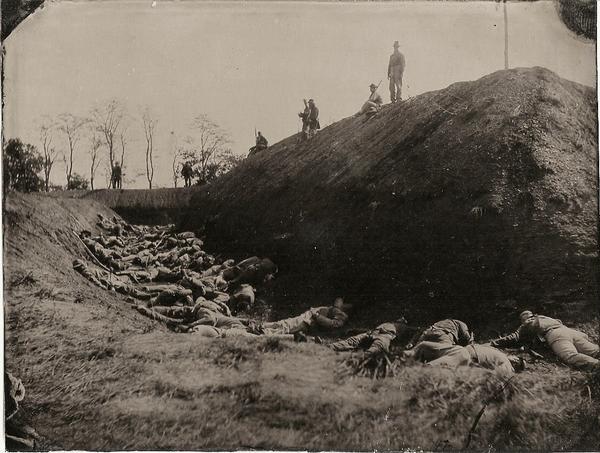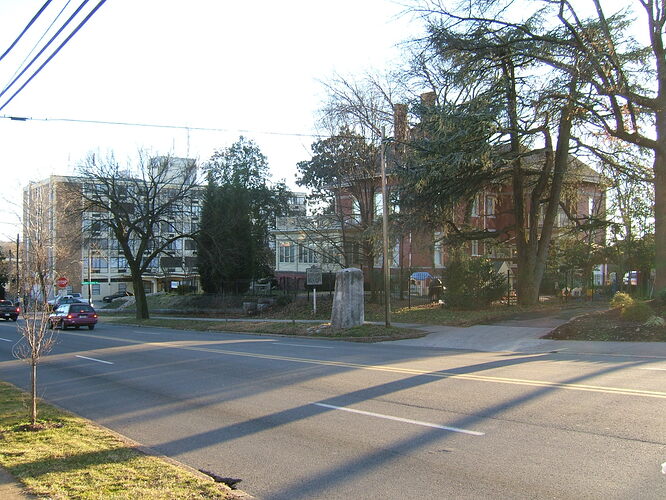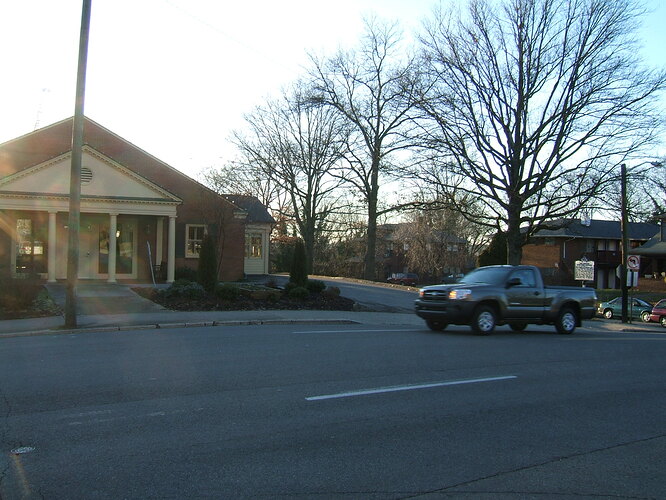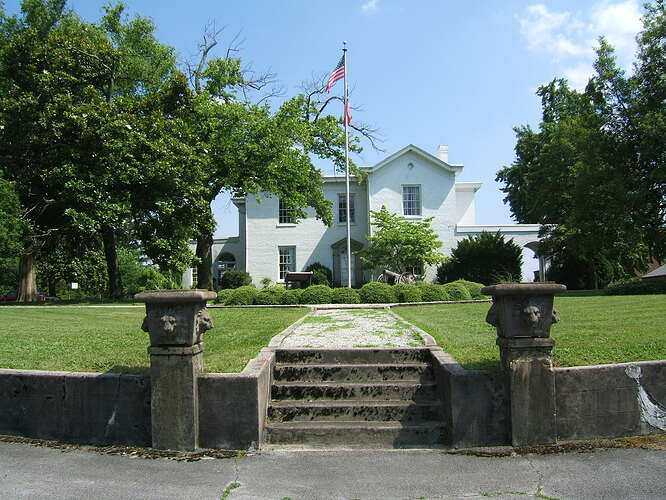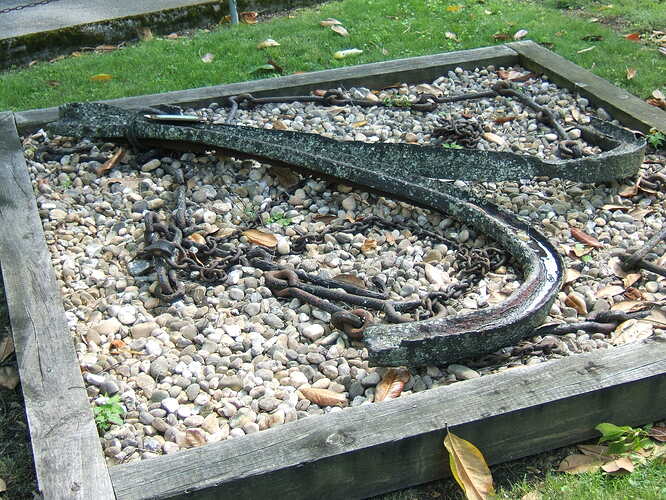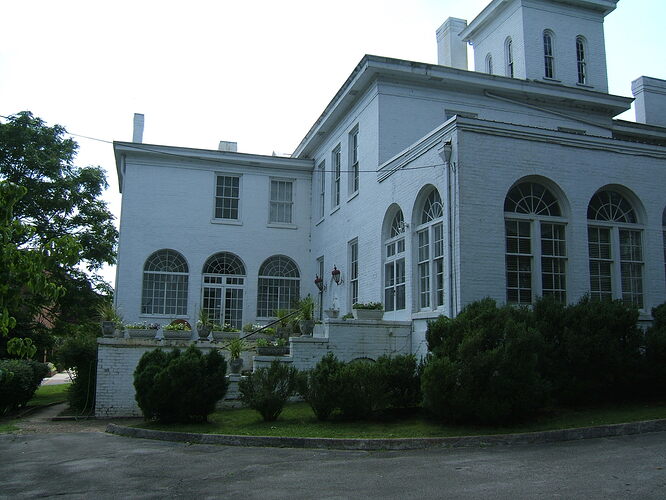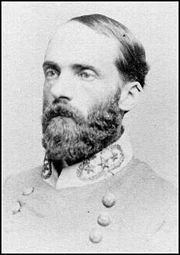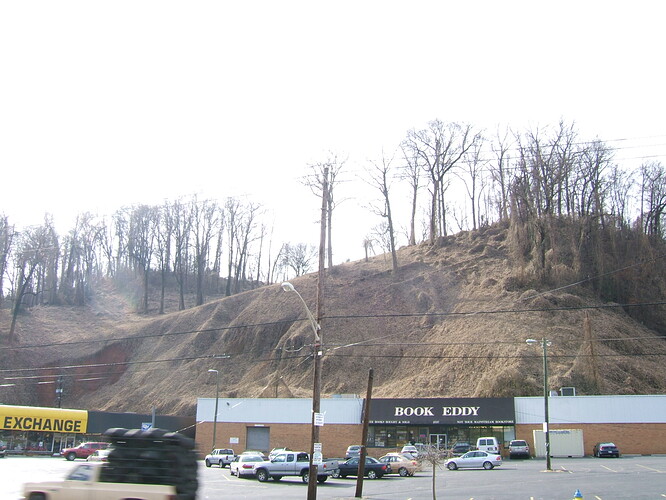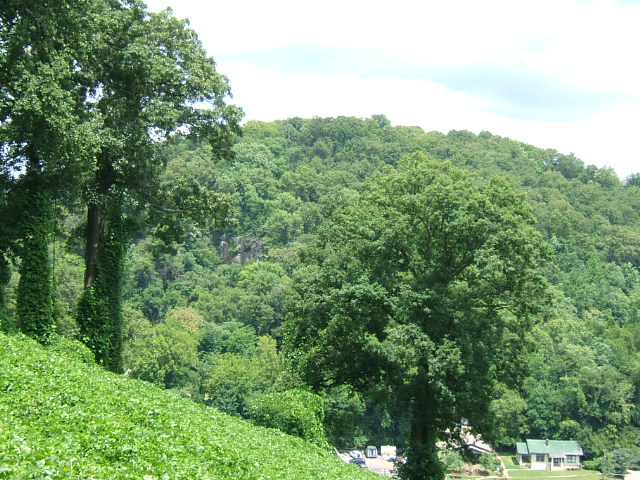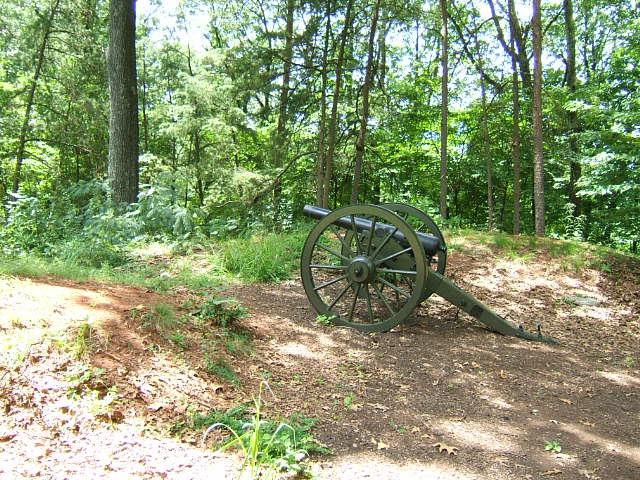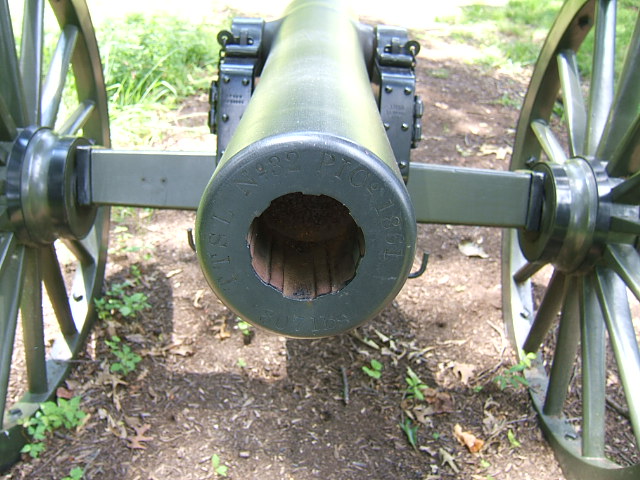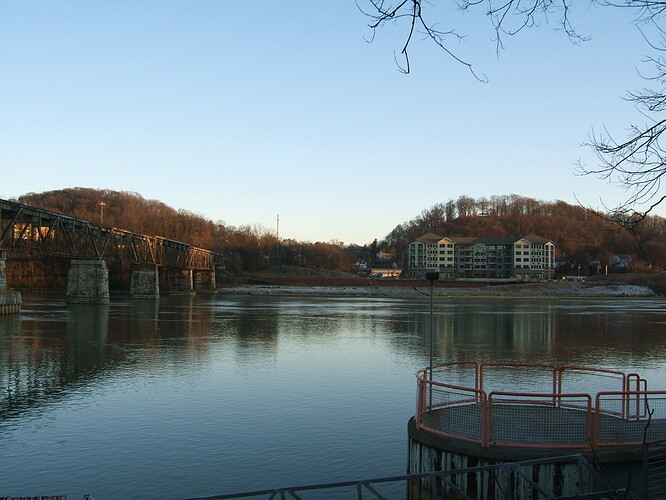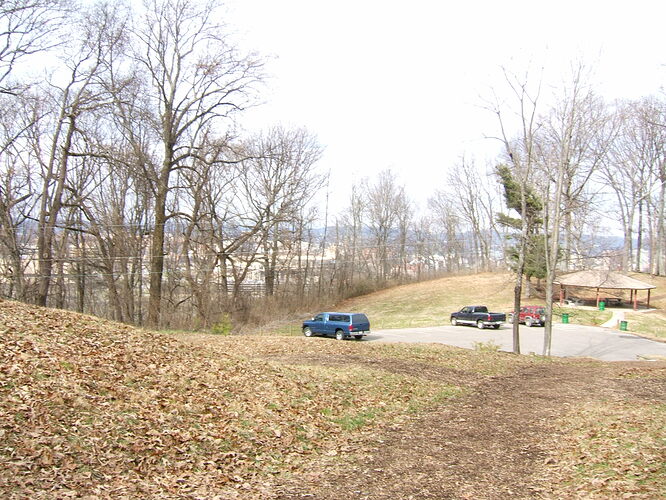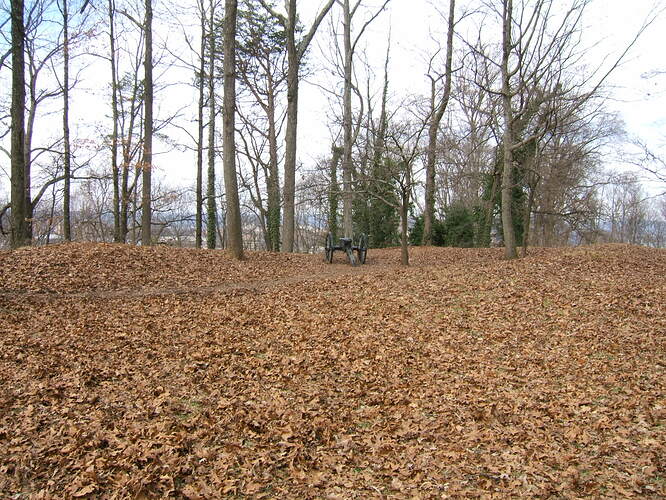Living in Knoxville, (East Tennessee) I get to walk on the same ground trod by both sides during the war. Knoxville is not a large city, as are many in the U.S. but it was the scene of an important battle late in 1863.
Knoxville was a Union city, and the greater part of East Tn. was aligned with them, in part because they had little tolerance for slavery.The Union had taken control of the city in Sept. 1963, and fortified Knoxville with some 16 forts, and battery emplacements both within, and surrounding the town.These, along with significant trench networks provided more than adequate protection should the armies of the Confederacy attempt to take it. Knox also had the benefit of a heavy railroad to the north of town, and the Holston (now Tennessee) River to its south.
One General Braxton Bragg,(CSA)along with General James Longstreet (CSA) had mightily defeated, and driven the Union forces from Chicamauga,Georgia and they fled into the fortifications around Chattanooga Tn.
The original desire of Gen.Bragg’s Army of Tennessee was to take Chattanooga,thence to take the rest of the State.Gen. Longstreet had attempted unsuccessfully to displace Gen. Bragg, and as a result, was “assigned” the job of laying siege to Knoxville in order to draw off manpower from the forces holding Chattanooga, (as there were plans to take that city at a later date.) And this Longstreet did. (for awhile)
General Longstreet moved towards Knoxville, tripping over the forward positions of Gen. Ambrose Burnside (U.S.) at Campbell’s Station, south of Knoxville. Burnside decided to strengthen the forces at Knoxville rather than oppose Longstreet’s advance in force. So leaving a rear guard to delay Longstreet, He moved into the city, and prepared it for what would come. (The suspense builds,…)
Gen. Longstreet sealed off the various routes to the city as best he could, even stringing an iron chain across the Holston River from his H.Q. at Bleak House, several miles west of the City.
He, and his chief engineer one General Danville Leadbetter (CSA) had planned to make an attack at Ft. Sanders, they two having judged it to be the most vulnerable point in the City’s defenses.
A bit about Ft. Sanders. It was a fairly typical Earthwork fort, basically a square with Bastions at each corner. Now, stories differ on the origin of this fort, some say it was captured from the Confederacy, and some say the Union built it, perhaps the Union improved on an older fort. I cant find anything to absolutely support either argument. Anyway, it rose above the surrounding area to about 70 ft. Surrounding its perimeter was a ditch 12 ft wide, and varying in depth from 8 ft. to more than 12 ft. in some places.
Inside were placed 12 artillery pieces, and a garrison of 440 souls belonging to the 79th New York Infantry. It is said that Union Engineers commanded by Capt. Orlando M.Poe did the work of setting up the fort, and the defensive trench lines surrounding it this included a little trick of placing planks across the ditch to make it appear a shallow 3 to 4 ft deep. They also had strung telegraph wire along the stumps of trees cut for the fort, creating an entanglement much like those used in WW1 with barbed wire.(Barbed wire did not exist in the early 1860’s) .
Information courtesy of “Tennessee encyclopedia of History”, Wiki, Knoxville Civil War Round table. Photo of Mssrs Babcock (left)&Poe (right) The story continues…
